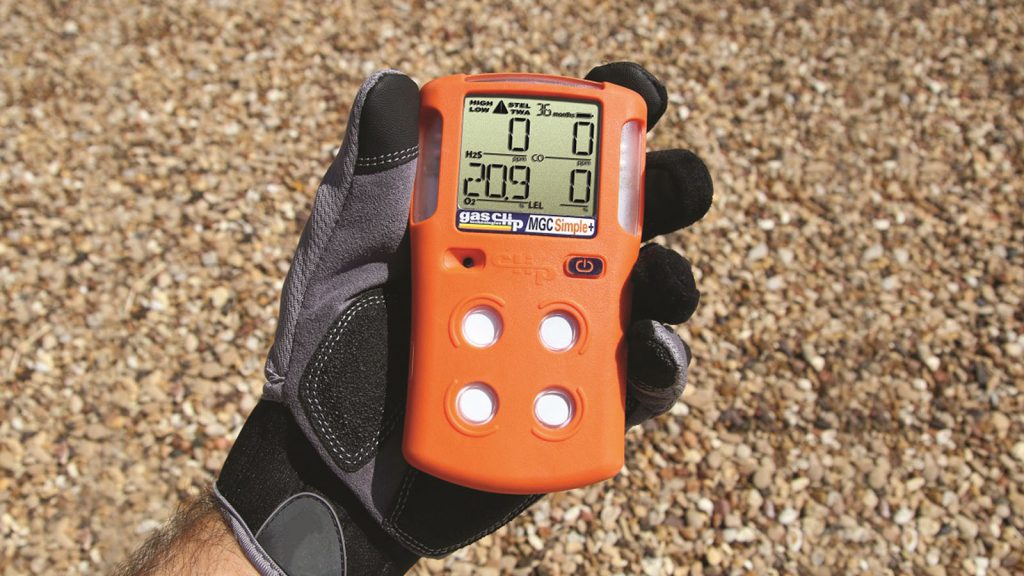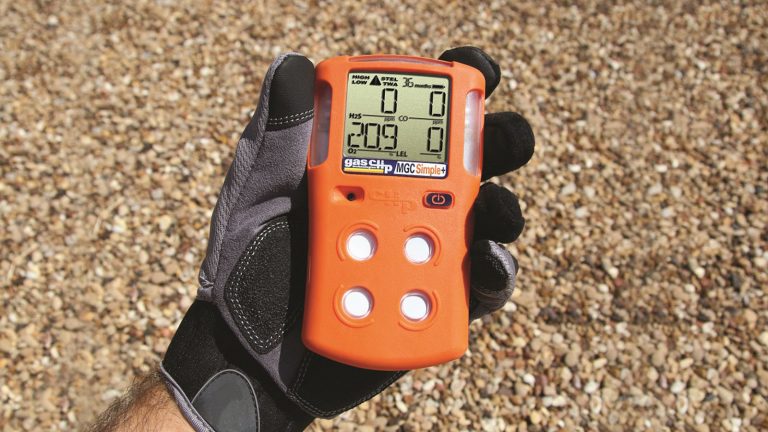
Gas Detectors Canaries were used early in mining, just before the production of electronic sensors, to keep people aware of the harmful effects of gases in confined spaces. They were taken underground in cages, and miners would be notified if they stopped singing or died. We have come a long way since the nineteenth and early twentieth centuries. Gas detection methods are now much more accurate – and very harmful to animals.
How does a modern gas detector work?
Gas detectors use a sensor to measure the concentration of specific gases in the atmosphere. This sensor acts as a reference point and scale and produces a measurable electric current in the event of a chemical reaction caused by a particular gas. When the gas approaches a dangerous level, the sensor monitors these currents and warns the user. Initial equipment was made to detect only one gas, but now they can measure several gases – usually oxygen (O2), flammable or vapor (LEL), hydrogen sulfide (H2S), and carbon monoxide (CO). These are gases that a 4-gas detector can monitor.
-
sensor
Most portable gas detectors use a Plitstor / catalytic nut LEL sensor. For accurate operation, at least 10% oxygen is required in the environment to prevent the accumulation of bitumen and burnt fuel on the active ring. Theoretically, the sensor can last up to four years, but it is very sensitive and can be easily damaged if the monitor is hit or dropped. Most sensors reach the end of their life by the age of three and need to be replaced, which can be a costly process and disable the detector, so other tools are needed to make sure they are covered during the repair. you have. Other components, such as backlight screens and audible alerts, also cause errors, so it is important that the detectors are well maintained.
-
calibration
Pleistor sensors can be faulty by many things, including the gases being detected. Contaminated sensors may not detect hazardous gas levels and gradually become slower and do not react over time. Their performance depends on a thorough calibration and bump-testing test to ensure that they always measure the correct amount of gas to ensure the safety of seafarers and vessels.
-
Infrared sensors
They do not need oxygen so they will work in completely inert atmospheres. This makes them ideal for detecting confined space and sampling reservoirs that have a lack of oxygen. They are also safe from sensor damage so there is no need for calibration to ensure proper operation of the gas detector. A traditional polystyrene sensor uses a heated aluminum coil that discharges a large amount of energy. However, gas detectors that use infrared sensors are much more efficient than batteries that do not require frequent recharging.
-
MGC Simple +
MGC Simple + ‘s advanced infrared technology means its battery lasts three years without charge (universal for a portable gas detector).
It does not require calibration (although settings for risk assessment or safe systems can be easily done to do this) and has a degree of protection of IP68 so it is protected from even the smallest dust and can be in water. Immerse for 1.5 minutes at a depth of 1.5 meters.
Rose Calibration Company in Melbourne, Australia with over ten years of experience provides all calibration, maintenance, and repair services throughout Australia. If you live in Sydney, Melbourne, Adelaide, Perth, Geelong, and Brisbane, you can receive your quote in less than two hours by fill-up the form via the “Booking” link.

